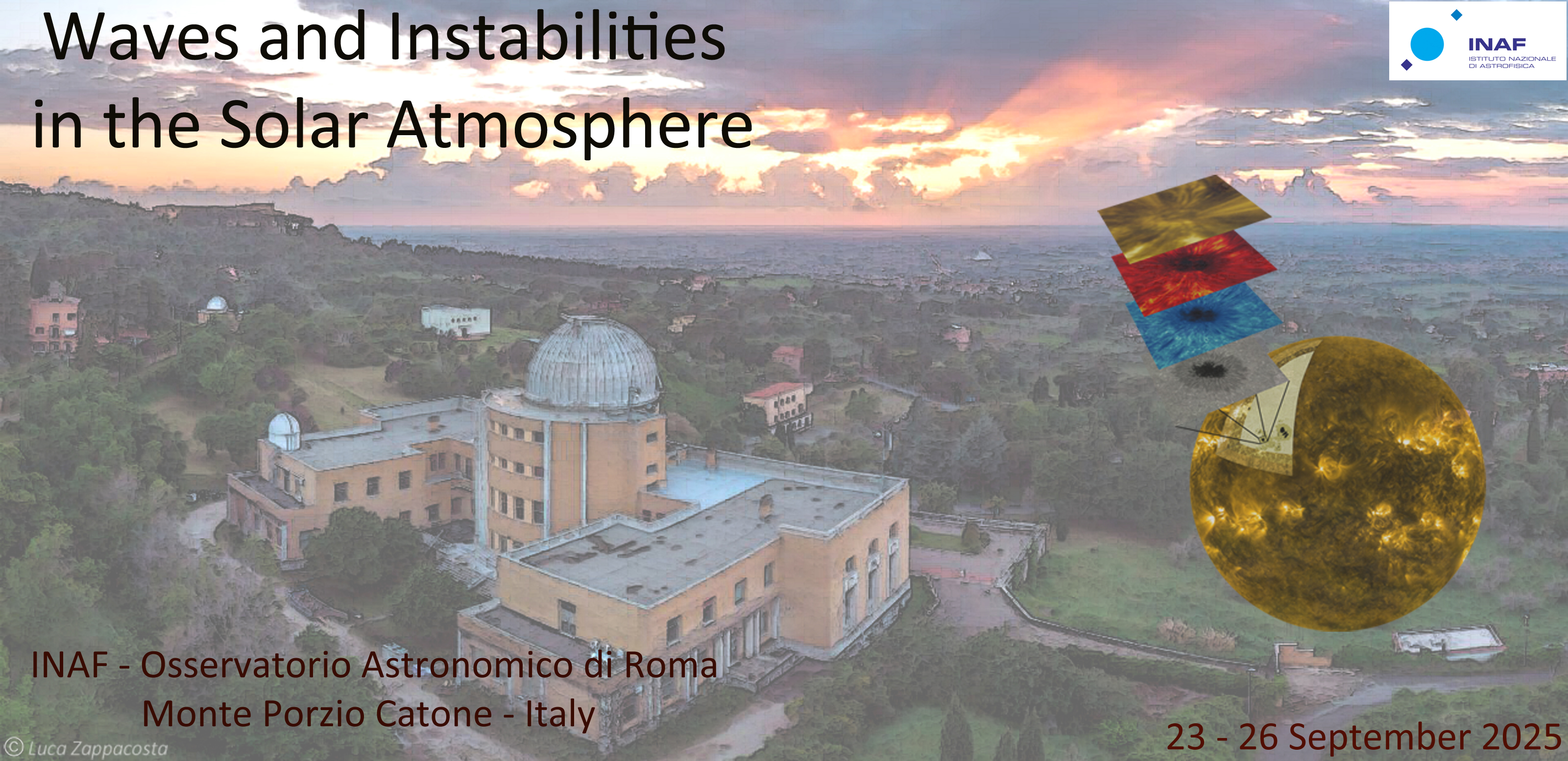Speaker
Description
Vortices are ubiquitous in the turbulent upper solar atmosphere, acting as key drivers of energy, mass, and momentum transport from the photosphere through the chromosphere and into the corona. By examining how vortices influence each other rather than treating them as isolated phenomena, we find that highly interconnected “vortex communities” can arise. With their degree of interconnectedness defined by the velocity one vortex induces on another.
In this presentation, we focus on these community centroids, their evolution in time, and the overall induced velocity field at the centroids — comparing it directly with the velocity field. The total induced velocity field offers valuable insight into the effects of the vortices on the system, providing tangible understanding of the way in which vortices may effect the velocity field of the turbulent intergranular lanes. We also identify particularly influential vortices within these communities and discuss how their properties differ from others in the system.
Finally, we explore the merging and splitting of vortex communities, shedding new light on the broader solar plasma dynamics and offering us a foundation to investigate the merging and splitting of vortex tubes. Specifically, we consider how these communities evolve as we move up through the upper solar atmosphere. Understanding the merging of vortex tubes as they ascend through the chromosphere provides insight into their persistence and potential contribution to coronal heating. This approach may also help predict which vortices remain coherent through different atmospheric layers and contribute to the global velocity field evolution.
| Sessions | Wave generation, energy transport, dissipation and heating |
|---|

